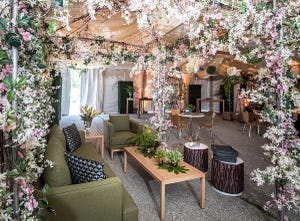Design & Decor
wedding ware in shades of brown
Design & Decor
2025 Pantone Color of the Year: Event Pros React to Mocha Mousse2025 Pantone Color of the Year: Event Pros React to Mocha Mousse
What event pros think of Pantone's new Color of the Year plus tips for incorporating this color into events
Subscribe and receive the latest insights & essential content in the special events industry.
Yes, it's completely free












































